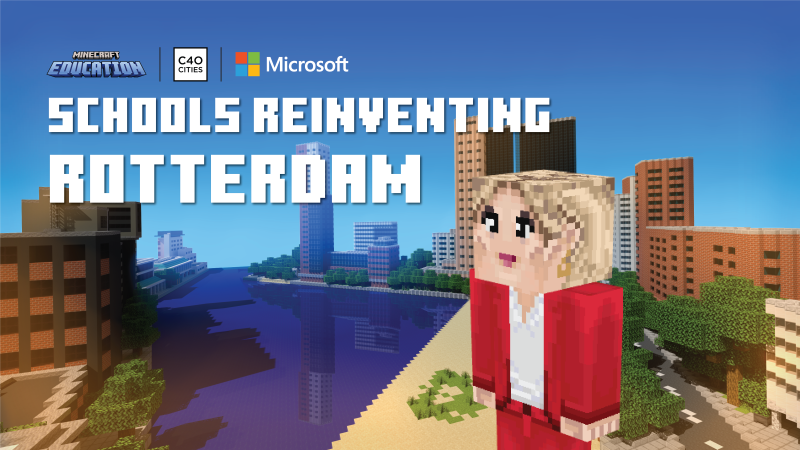As cities become more populated and temperatures rise due to global warming, how we use our water is one of the most important things to think about as we plan and build cities that are prepared for the future.
One in four of the world’s largest cities is currently water stressed and changing climate conditions will mean they face more frequent and intense impacts on their water, increasing water scarcity, drought and deteriorating water quality.
The goal of sustainable water management is to strike a balance between water demand practices while ensuring water supply for communities. We need to think about how water makes its way to and through our cities, how we use our water, and what happens to it once we have used it.
Key concepts
Reduce water use through water demand management and conservation
-
To address the impacts of water shortage or droughts, neighbourhoods should seek to lower water demand and increase water conservation to manage water usage sustainably.
-
Install water efficient fixtures for public facilities and mandate or support installation in private developments.
-
Create ways to reuse wastewater for non-drinking purposes e.g toilet flushing and irrigation.
-
Install water reclamation technology to capture condensation water to use for non-drinking purposes
-
Make sure that water is not wasted through leaky pipes or inefficient irrigation systems by monitoring and controlling water pressure in pipes
-
Educate communities about the importance of water conservation and how individual actions can make a difference.
-
Foster a culture of responsibility towards wise water use. Encourage small lifestyle changes, such as shortening our time spent in the shower.
Monitor water use
-
Monitoring our water use helps us amend and adapt how we use water.
-
Create monitoring stations in your city to monitor water quality and use.
-
Develop and enforce water-use regulations that ensure sustainable consumption across all sectors in your city.
-
Establish water rights and allocation systems that consider environmental and community needs.
-
Foster collaboration between governments, industries, communities, and NGOs to develop holistic water management strategies.
-
Share best practices and success stories to inspire broader adoption of sustainable water use practices.
Sustainably increasing water supply
-
Implement onsite water treatment closed-loop systems to recycle and reuse water.
-
Use rainwater harvesting systems for residential, commercial, and industrial use.
-
Increase the ways to reuse water, such as using greywater (the water we have used in places like our kitchens, bathrooms, and for laundry) to water plants.
Reduce groundwater extraction
-
Groundwater extraction is the process of withdrawing water from underground stores of water, or aquifers. Reducing groundwater extraction is essential to maintain the balance between human water demands and the overall sustainability of groundwater resources and associated ecosystems. Over-extraction can lead to a decline in groundwater levels, depletion of aquifers, and potential adverse impacts on the environment and nearby surface water bodies.
-
Key actions for reducing groundwater abstraction are imbedded in optimising available water through water recycling and reuse practises noted below
Protect ecosystems
-
Preserve and restore wetlands, forests, and other natural ecosystems that can store and purify water.
-
Avoid extracting too much water from rivers, this can harm wildlife.
-
Promote sustainable farming practices, such as crop rotation and agroforestry, that require less water.
-
Implement proper treatment processes to ensure that treated wastewater doesn't harm the environment, in particular surface water bodies.
Case Studies






